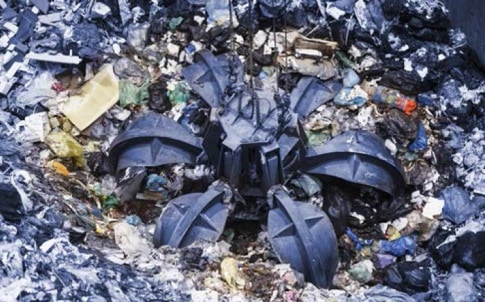
Secondary Recovered Fuels (SRF) are different streams of material from the garbage recycling and are a challenging mix of materials. In many countries there are limits of heavy metals for this type of fuel, as they are emitted into the environment after the incineration.
As secondary recovered fuels consist of very different materials like polymers, wood chips, ground used tires etc., the chemical behaviour of the material can vary considerably due to its origin, main components, but also fillers. This also makes the homogeneity of the sample a major issue. Moreover, as it is not predictable, which types of polymers are present in the secondary fuel samples, the method should be tolerant and be capable to handle the mentioned variability without deviation in recoveries.
For a successful acid digestion a sufficiently high temperature has to be provided to be able to digest the more durable polymer components like aromatic structures. However, fillers like SiO2 or pigments like TiO2 will only dissolve with the presence of HF in the acid mixture. The recovery of other elements like Fe, Cd benefits from the presence of the complex hydrochloric acid.
In order to demonstrate the suitability of a microwave for sample preparation prior to element analysis, the recovery rates of an exemplary certified reference material were determined and in addition a real-life sample was compared with a validated reference digestion with a Multiwave 3000 from Anton Paar.
Click on the link above to download this report and see the full details of this experiment and its interesting findings.










Radio wave weapon knocks out drone swarms
Probably. A radio-controlled drone cannot be completely shielded to RF, else you´d lose the ability to control it. The fibre optical cable removes...